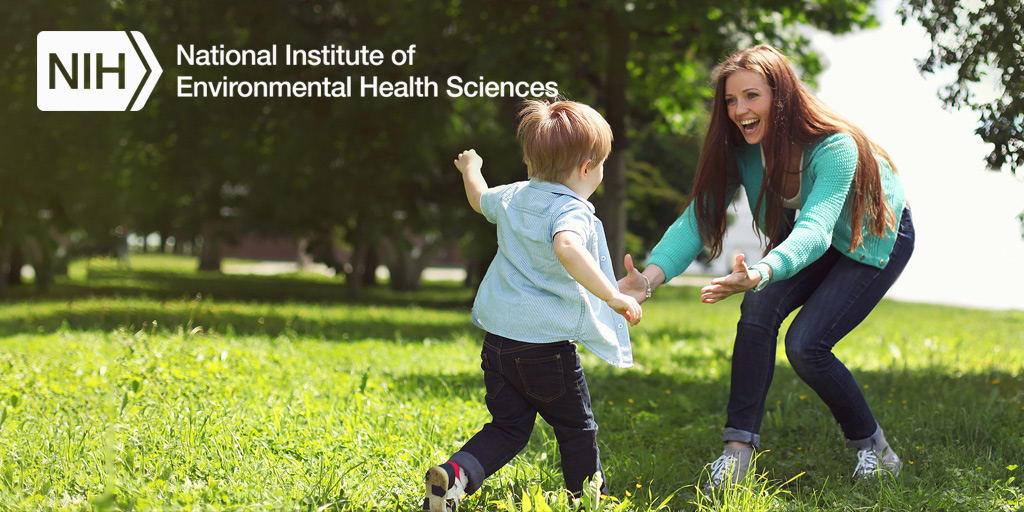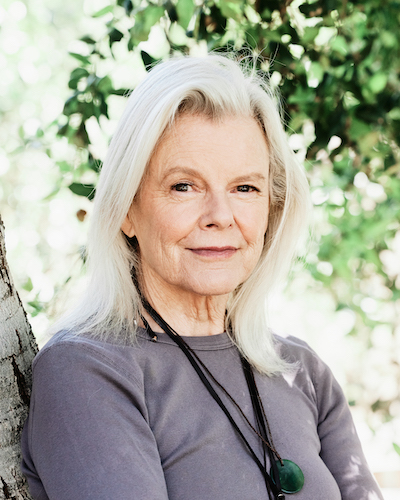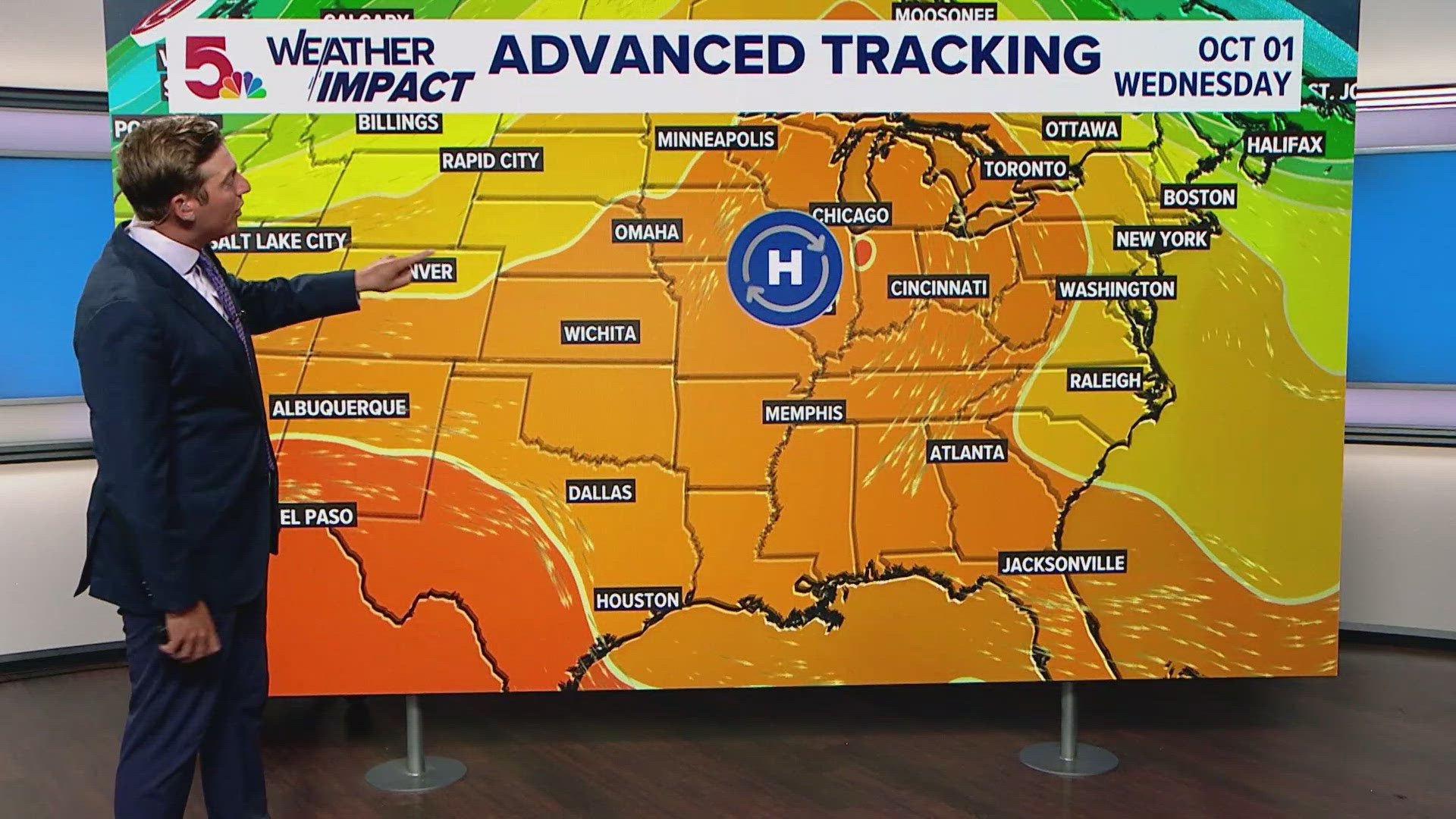University of Rhode Island Reopens W. Alton Jones Campus in Support of Sustainable Development Goals

Introduction
On June 27, 2025, the University of Rhode Island (URI) announced the reopening of its 2,300-acre W. Alton Jones Campus in West Greenwich to the public. This initiative, approved by the URI Board of Trustees, aligns with multiple Sustainable Development Goals (SDGs), emphasizing environmental preservation, education, and community engagement.
Partnership with Rhode Island Department of Environmental Management
URI has entered into a strategic partnership with the Rhode Island Department of Environmental Management (RIDEM), the state agency responsible for managing natural resources. This collaboration aims to:
- Enhance protection of natural resources on the campus.
- Expand recreational and educational opportunities for the public.
- Ensure sustainable management of forest and water resources.
This partnership directly supports SDG 15: Life on Land by promoting sustainable forest management and biodiversity conservation.
Campus History and Significance
- Donated to URI in 1962 by Nettie Marie Jones in honor of W. Alton Jones.
- Serves as a hub for environmental research, science education, and ecological preservation.
- Hosts facilities such as the Environmental Education Center and Whispering Pines Conference Center.
- Symbolizes Rhode Island’s commitment to conservation and experiential learning.
The campus’s role in fostering environmental stewardship supports SDG 4: Quality Education and SDG 13: Climate Action.
Operational and Financial Framework
Due to financial challenges and maintenance costs, public access was closed in 2020. The new agreement includes:
- RIDEM’s investment in infrastructure and natural resource protection, including forest and dam management.
- RIDEM’s responsibility for day-to-day campus maintenance.
- URI’s continued use of the campus for education and research, with potential for future expansion.
This framework ensures the campus’s sustainability and aligns with SDG 17: Partnerships for the Goals.
Agreement Details and Future Use
The agreement spans an initial 10-year term with an option for a 10-year renewal. RIDEM’s authorized activities include:
- Administrative functions and educational programming.
- Programs, camps, and agricultural activities.
- Veterinary care, animal rehabilitation, and ecological research.
- Expanded public access to natural areas.
The Whispering Pines Conference Center remains reserved for URI or third-party use.
Statements from Leadership
URI President Marc Parlange: “This partnership reflects our dedication to revitalizing the campus, while preserving its ecological and educational value for all Rhode Islanders. Restoring public access to this natural treasure demonstrates our commitment to our land-grant mission and to our role as the state’s flagship university.”
RIDEM Director Terrence Gray: “We are proud to partner with URI to manage the natural resources, expand public access, and establish the campus as a hub for environmental education in the state.”
URI Vice President Abby Benson: “Finding a financially viable solution to restore public access supports our mission and aligns with RIDEM’s goals to protect and promote Rhode Island’s environment.”
Alignment with Sustainable Development Goals
The reopening and management plan for the W. Alton Jones Campus advances several SDGs:
- SDG 4: Quality Education – Through environmental education programs and research opportunities.
- SDG 11: Sustainable Cities and Communities – By providing public access to green spaces and promoting community engagement.
- SDG 13: Climate Action – Via sustainable land and resource management practices.
- SDG 15: Life on Land – Through conservation and restoration of forest ecosystems.
- SDG 17: Partnerships for the Goals – Demonstrated by the collaboration between URI and RIDEM.
Conclusion
The revitalization of the W. Alton Jones Campus represents a strategic effort by the University of Rhode Island and RIDEM to promote sustainability, education, and community well-being. This initiative exemplifies a commitment to the Sustainable Development Goals by enhancing ecological preservation, fostering environmental education, and ensuring responsible stewardship of natural resources for present and future generations.
1. Sustainable Development Goals (SDGs) Addressed or Connected
- SDG 4: Quality Education
- The article highlights the use of the W. Alton Jones Campus for environmental research, science education, and ecological preservation, emphasizing educational programming and camps.
- SDG 11: Sustainable Cities and Communities
- Restoring public access to natural spaces and promoting community engagement aligns with making cities and human settlements inclusive, safe, resilient, and sustainable.
- SDG 13: Climate Action
- Management of forest and natural resources to protect ecological value contributes to combating climate change and its impacts.
- SDG 15: Life on Land
- The campus’s focus on forest management, ecological preservation, wildlife and ecological research, and natural resource protection directly relates to sustainably managing forests and halting biodiversity loss.
2. Specific Targets Under Those SDGs Identified
- SDG 4: Quality Education
- Target 4.7: Ensure that all learners acquire knowledge and skills needed to promote sustainable development, including education for sustainable lifestyles and environmental stewardship.
- SDG 11: Sustainable Cities and Communities
- Target 11.7: Provide universal access to safe, inclusive, and accessible green and public spaces, particularly for vulnerable populations.
- SDG 13: Climate Action
- Target 13.2: Integrate climate change measures into policies, strategies, and planning.
- SDG 15: Life on Land
- Target 15.1: Ensure the conservation, restoration, and sustainable use of terrestrial and inland freshwater ecosystems and their services.
- Target 15.2: Promote the implementation of sustainable management of all types of forests.
3. Indicators Mentioned or Implied to Measure Progress
- SDG 4 Indicators
- Indicator 4.7.1: Extent to which education for sustainable development and global citizenship is mainstreamed at all levels of education.
- Implied through the use of the campus for environmental education programs and camps.
- SDG 11 Indicators
- Indicator 11.7.1: Average share of the built-up area of cities that is open space for public use.
- Implied by the reopening of the campus to the public and expanded public access.
- SDG 13 Indicators
- Indicator 13.2.1: Number of countries that have communicated the establishment or operationalization of an integrated policy/strategy/plan which increases resilience to climate change.
- Implied through forest and dam management and natural resource protection efforts.
- SDG 15 Indicators
- Indicator 15.1.1: Forest area as a proportion of total land area.
- Indicator 15.2.1: Progress towards sustainable forest management.
- Implied by the focus on forest management, ecological research, and conservation activities on the campus.
4. Table of SDGs, Targets, and Indicators
| SDGs | Targets | Indicators |
|---|---|---|
| SDG 4: Quality Education | 4.7: Ensure learners acquire knowledge and skills for sustainable development and environmental stewardship. | 4.7.1: Extent of mainstreaming education for sustainable development and global citizenship. |
| SDG 11: Sustainable Cities and Communities | 11.7: Provide universal access to safe, inclusive, and accessible green and public spaces. | 11.7.1: Average share of built-up area that is open space for public use. |
| SDG 13: Climate Action | 13.2: Integrate climate change measures into policies, strategies, and planning. | 13.2.1: Number of countries with integrated climate change policies/strategies/plans. |
| SDG 15: Life on Land |
15.1: Conserve, restore, and promote sustainable use of terrestrial ecosystems. 15.2: Promote sustainable forest management. |
15.1.1: Forest area as a proportion of total land area. 15.2.1: Progress towards sustainable forest management. |
Source: uri.edu







